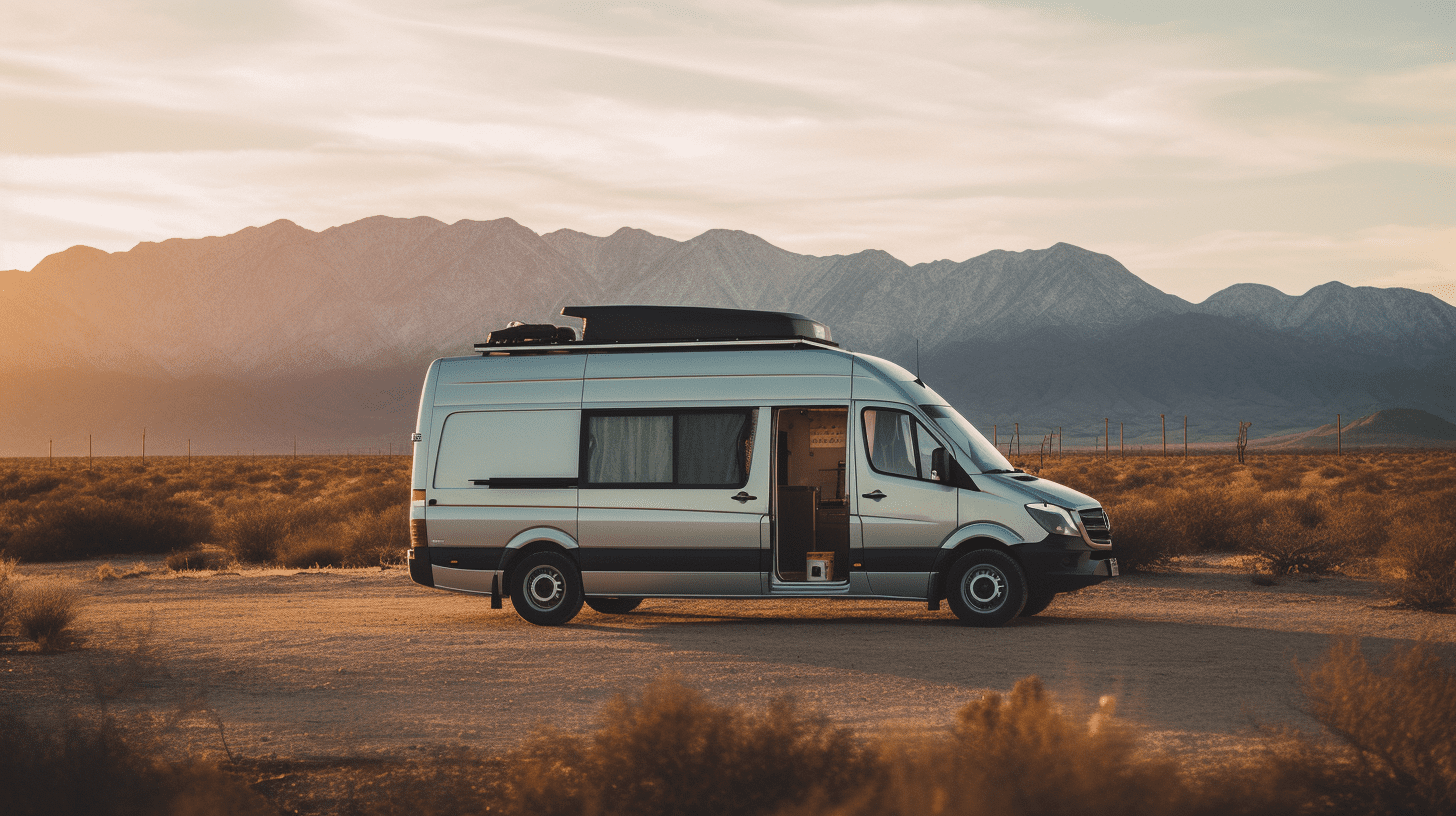Embarking on a long-term road trip across the United States is a dream come true for many adventure enthusiasts. The vast and diverse landscapes, the rich cultural tapestry, and the freedom of the open road make it an experience like no other.
However, such an extended journey requires careful planning and preparation to ensure a safe and enjoyable adventure. In this comprehensive guide, we will walk you through the essential steps to prepare for a long-term road trip across the United States.
Step One: Route Planning
The first and most crucial step in preparing for a long-term road trip is route planning.
Decide on the destinations you want to visit, the sights you want to see, and the experiences you want to have. Take into account the time of year, weather conditions, and road closures when planning your route.
There are several tools and apps available, such as Google Maps and Roadtrippers, that can help you map out your journey and estimate driving times between destinations.
Remember that the journey is as important as the destination, so allow flexibility in your schedule for spontaneous detours and unexpected discoveries.
Step Two: Vehicle Inspection and Maintenance
Your vehicle is your lifeline on a long road trip, so it’s crucial to ensure it’s in top shape before hitting the road. Here’s what you should do:
- Check the engine, tires, brakes, and all fluid levels.
- Schedule a professional maintenance checkup.
- Make sure your spare tire and jack are in good condition.
- Replace windshield wipers and ensure all lights are working.
- Have your vehicle’s oil and air filter changed.
- Carry a basic toolkit and a set of jumper cables.
- Consider installing a GPS tracker for added security.
Nothing will bring your trip to a halt faster than discovering an expensive car problem that takes a long time or a lot of money to fix — so taking the time to properly prepare your vehicle for the trip is crucial.
Step Three: Packing Essentials
Packing for a long-term road trip can be a bit of a challenge. The key is to strike a balance between essential items and avoiding overpacking. Here’s a checklist to help you pack efficiently:
- Clothing: Pack versatile clothing suitable for various weather conditions. Layering is key.
- Camping gear: If you plan to camp along the way, bring a tent, sleeping bag, and camping cookware.
- Food and water: Stock up on non-perishable foods and refillable water containers.
- First-aid kit: Include bandages, pain relievers, and any necessary prescription medications.
- Entertainment: Books, games, and electronic devices can help pass the time.
- Toiletries: Bring a compact toiletry bag with essentials like soap, toothbrush, and toilet paper.
- Emergency supplies: Pack a flashlight, blankets, and a fire extinguisher.
- Maps and guidebooks: Don’t rely solely on GPS. Paper maps can be a lifesaver in remote areas.
- Document organizer: Keep your important documents like driver’s license, registration, and insurance in a waterproof pouch.
Step 4: Research Accommodation Options
During a long-term road trip, you’ll need places to stay along the way. There are several accommodation options to consider.
This includes the following:
- Campgrounds: Camping offers an authentic outdoor experience, but make sure to reserve campsites in advance, especially in popular national parks.
- RV parks: If you have an RV or camper, RV parks are a convenient option with amenities like hookups, showers, and laundry facilities.
- Motels and hotels: For a more comfortable and restful night, consider staying at motels or hotels in towns along your route.
- Airbnb and vacation rentals: These provide a homey atmosphere and can be a good option for longer stays in a particular area.
- Hostels: Budget travelers can find affordable accommodation at hostels, especially in urban areas.
You can change up your lodging locations by need and goals — in fact, it’s a great way to keep the trip exciting and varied. However, you’ll definitely want to take a look at your budget and decide when it’s time to splurge and when it’s time to skimp on lodging. Speaking of budgeting…
Step Five: Budgeting and Finance
To ensure a successful long-term road trip, you must create a detailed budget plan. There’s a lot of expenses you’ll have to keep in mind for your road trip:
- Fuel costs: Estimate fuel expenses based on your vehicle’s fuel efficiency and the length of your trip.
- Accommodation: Research and plan your accommodation expenses in advance.
- Food: Budget for groceries, dining out, and occasional splurges.
- Attractions and activities: Allocate funds for tours, entrance fees, and recreational activities.
- Miscellaneous expenses: Include emergency funds for unexpected costs like vehicle repairs.
There are plenty of ways to make your dollar go farther when budgeting, but the key is to ensure you have a firm grasp on how much you have to spend. The more planning you put into this category, the better prepared you will be.
Step Six: Consider Safety and Security
Your safety should always be a top priority when on a long road trip. Here are a few tips you can take to ensure you stay safe during your travels:
- Let someone you trust know your planned route and stops.
- Always lock your doors and windows when not in your vehicle.
- Choose well-lit and busy areas for overnight stops.
- Trust your instincts when interacting with others.
- Stay aware of your surroundings, especially in unfamiliar areas.
- Carry a fully charged mobile phone with a car charger.
- Regularly check the weather conditions along your route.
Step Seven: Consider Your Environmental Responsibility
While enjoying the beauty of the United States, it’s essential to be responsible and sustainable travelers. Follow these eco-friendly tips to make the most of your trip without harming the planet:
- Reduce waste: Minimize single-use plastics and recycle when possible.
- Respect local wildlife: Admire animals from a distance and never feed them.
- Follow the trails: Stay on designated paths and trails to prevent damage to natural areas.
- Dispose of waste properly: Use designated trash and recycling facilities.
- Conserve water: Be mindful of water usage, especially in arid regions.
Enjoy Your Road Trip!
A long-term road trip across the United States is an exciting adventure that requires thorough preparation.
By planning your route, maintaining your vehicle, packing efficiently, and considering accommodation options, you’ll be well on your way to an unforgettable journey.
Remember to budget responsibly, prioritize safety, maintain your health and well-being, and be environmentally conscious as you explore the diverse landscapes and cultures that make the United States such a remarkable destination.
With careful planning and a sense of adventure, you’re ready to hit the open road and create lasting memories. Safe travels.


































